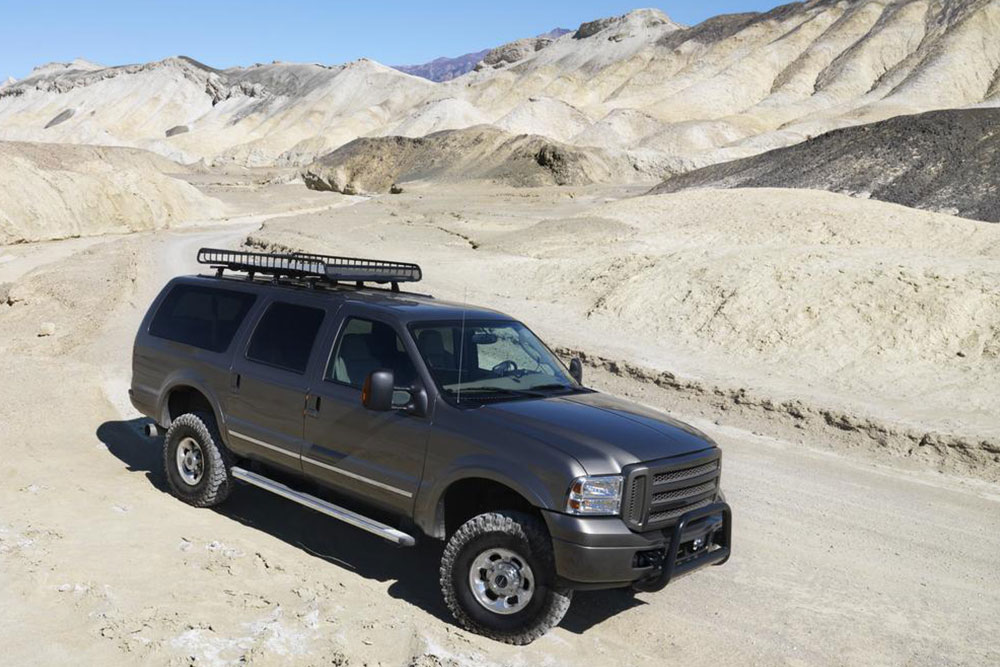Discover the Benefits of Choosing an All-Wheel Drive Vehicle
Explore the key benefits and considerations of choosing an all-wheel drive (AWD) vehicle. Understand how AWD enhances traction, safety, and vehicle capacity, especially in harsh climates. Discover the advantages and costs associated with AWD systems, helping you determine if it's the right choice for your driving needs.

Advantages of Opting for an All-Wheel Drive (AWD) Vehicle
It's important to understand that not every vehicle is suitable for AWD.
All-Wheel Drive (AWD) systems power all four wheels continuously, enhancing vehicle traction and stability. Unlike Four-Wheel Drive (4WD), which can be switched between two-wheel and four-wheel modes, AWD is always active. The concept emerged in the late 1930s when General Motors introduced it. Today, technological advances such as sophisticated traction controls, electronic stability systems, and innovative design have elevated AWD vehicles into a distinct automotive category, especially valuable in challenging terrains and weather conditions.
For potential buyers, understanding the advantages and disadvantages is crucial.
Traction and Safety
Pros: Enhanced grip on uneven and slippery surfaces makes AWD ideal for regions with harsh winters and icy roads. During snowstorms, AWD provides added confidence and safety.
Cons: While improved traction helps, it’s not solely sufficient. Combining AWD with quality snow tires and suspension offers the best control.
Design and Capacity
Pros: AWD vehicles typically provide spacious interiors, accommodating at least 6 passengers and their luggage, with some models fitting up to 8. They are built to withstand rough terrains, ensuring passenger safety. Modern AWDs include electronic stability features that improve handling.
Cons: Their weight and complex engineering reduce fuel efficiency, leading to higher fuel consumption compared to two-wheel-drive models.
Cost and Value
Pros: AWD models usually have higher resale value and are easier to sell than two-wheel-drive cars. This is especially true in colder climates where AWD is preferred.
Cons: The initial purchase price is higher, often ranging from $1,500 to $3,000 extra. Maintenance costs are also elevated due to sophisticated systems.
The bottom line is that AWD is recommended if you face frequent winter storms or need to traverse slippery terrains. In milder regions, opting for AWD may not be necessary.










